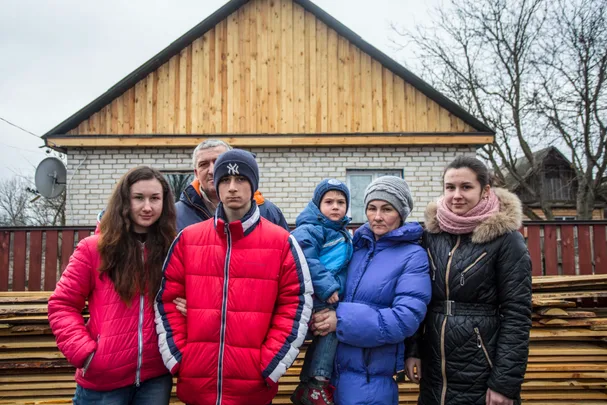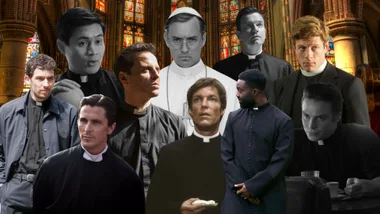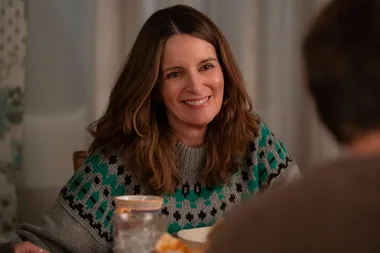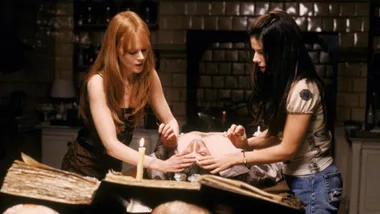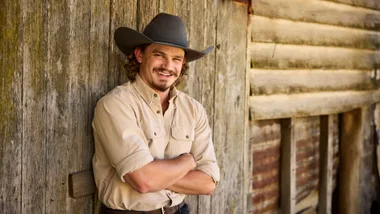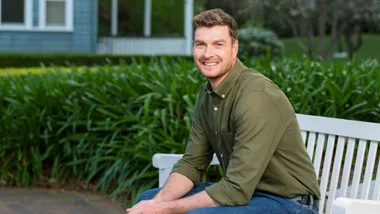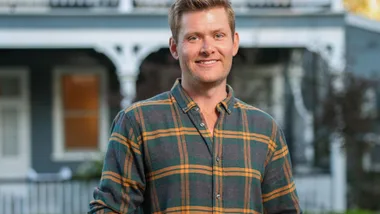Thirty-three years after the world’s worst atomic accident, there is a town near the former nuclear reactor that is experiencing a population boom. Oksana Grytsenko reports on the people who now call Chernobyl home.

Nestled in the forest, surrounded by mature fruit trees the Sklyarov family home comes to life each day at 6am. Oleksandr Sklyarov, 41, and his wife, Hanna, 38 – both doctors – sit down to breakfast with eleven-year-old Katia before driving her to school and then going to work. The young family is enjoying their new rural life away from their war-torn home town in Ukraine’s east. But this is not your average tree change. The Sklyarovs live in one of the ghost towns left by the world’s worst nuclear disaster that occurred in 1986 at the Chernobyl nuclear power plant.
They are one of the many families to have moved in recent years to the village of Bazar, in the Chernobyl Exclusion Zone, lured by the promise of virtually free housing. It’s been 33 years since a systems test at the Chernobyl nuclear power plant near the Ukrainian city of Pripyat led to an explosion inside one of the reactors, sending up a plume of fallout a staggering 400 times more radioactive than the atomic bomb dropped on Hiroshima.
Soviet authorities, faced with fears that the massive dose of radiation could have long-term health implications including cancer and genetic mutations, spent the next few years evacuating hundreds of thousands of residents in the areas surrounding Chernobyl, resettling them in “clean” zones further away. Today, this exclusion zone is still in place, an eerie 2600 square kilometres of empty towns and villages crumbling into ruin as nature takes over.
The evacuation of Bazar, a village 70km from the plant, was declared mandatory in 1989, after scientists found excessive levels of radioactive isotopes in its soil. The population plummeted from 2500 to just a handful of people, predominately the elderly, who made it clear they would rather die from radiation exposure than leave. For the next two decades, the residents got older, some died, and the village fell into decay.
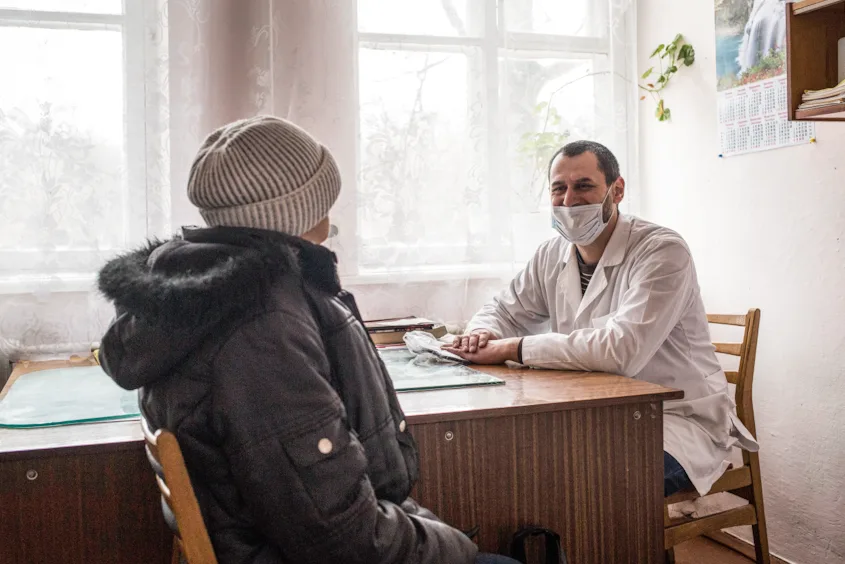
Today, a drive along Bazar’s main street, named after Vladimir Lenin, reveals many abandoned buildings, with dark holes instead of windows and collapsed roofs, but there are signs of life. Nearby is a shop that stocks basic groceries and a cafe that is popular with schoolchildren on their way home. It doubles as a bar in the evenings. Just around the corner is the doctors’ surgery, where today Oleksandr Sklyarov is treating a flu outbreak. Patients wait their turn in the long corridor outside his room in the clinic, an old unheated building with original Soviet signs promoting hygiene hanging by the front door.
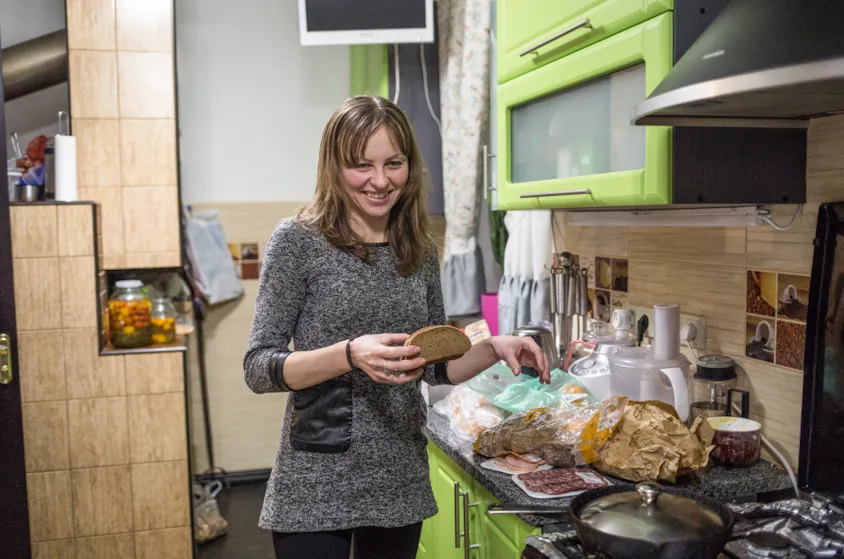
The Sklyarovs moved to Bazar in November 2014. Fleeing the fighting in their home town, they first moved to the Ukrainian capital, Kiev, but found it too expensive. That’s when Hanna’s parents saw an advertisement online for work and cheap housing in Bazar. Deciding that dealing with any lingering effects of the nuclear disaster was a lesser evil than the war, they agreed to give it a try.
“Radiation? No, it doesn’t bother me,” says Sklyarov. “At least there’s no shooting here.” Hanna agrees: “When we came here, we checked ourselves for radiation. After a year we checked it again, and it was almost the same.”
They’re perfectly comfortable having Katya here, and don’t believe they’re putting her health at risk. Having said that, they prefer to eat food from outside the zone, and only drink and cook with bottled water, just in case.
After moving in, they spent a year fixing up the house. These days it’s well-kept and spacious, though they still have a squirrel living in the attic and hedgehogs in the basement.
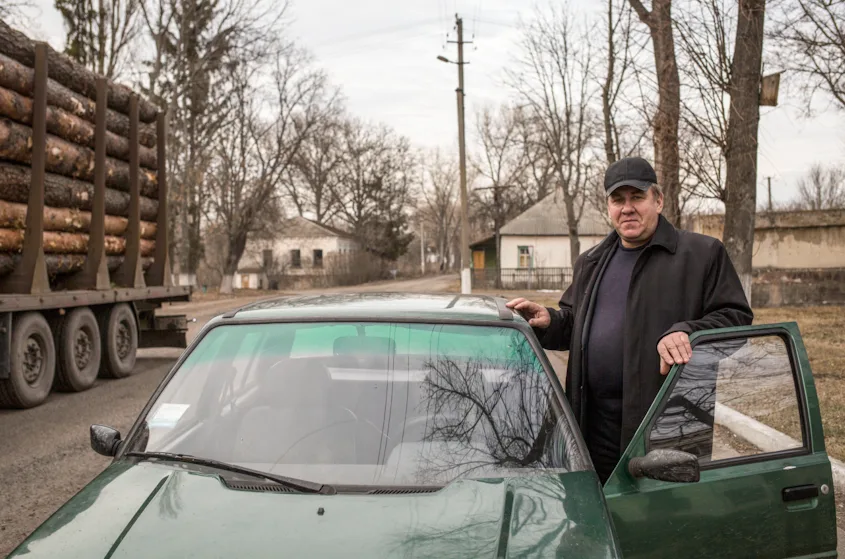
The man responsible for the revitalisation of Bazar is Mayor Oleksandr Budko, a tall, broad-shouldered man, who spent 26 years serving in the army. Born and raised in the town, he, like thousands of others, was evacuated, heartbroken at the thought of his village fading into history. Returning with his family in 2004, he was determined to breathe life back into it and, seven years ago, came up with a novel way to attract a new generation to his home town.
Due to economic stagnation and years of military conflict with Russia, much of Ukraine is looking for cheaper, safer options for living. And as it’s
not legal to buy or sell houses within the exclusion zone – evacuated homes became community property – Budko had a clever solution. He would rent out the least derelict houses, long-term, for the bargain price of 12 Ukrainian hryvnias (less than $1) a month. “Those who have housing problems are welcome here,” he declared.
He made his announcement at a village meeting, encouraging the ageing residents to spread the word to friends and family who were now living all over the country. They did, and gradually the news travelled far.
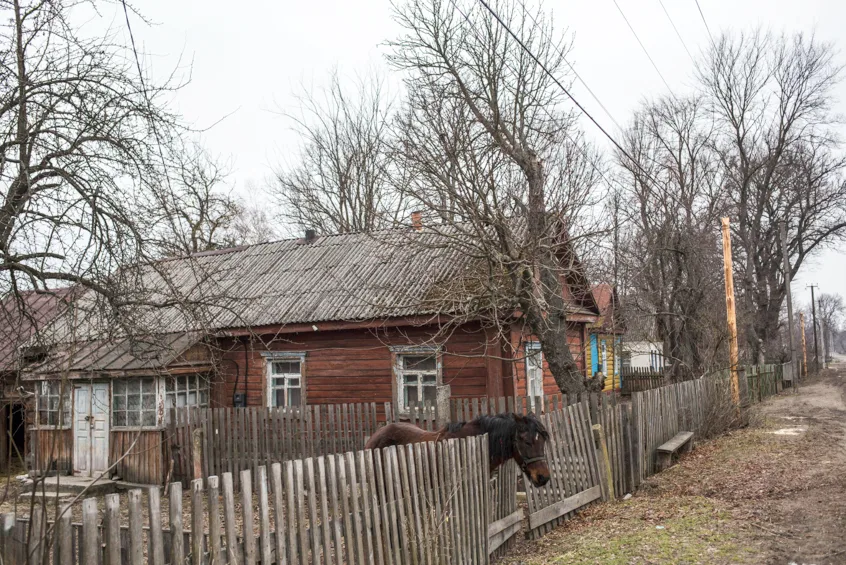
With its affordable houses and stunning natural surrounds, this little village in the woods has its advantages. But not everyone is keen on the idea of migrating here. Most Ukrainians believe that even travelling near Chernobyl poses health risks. Budko, meanwhile, insists radiation levels are now safe. Within the government and among the nation’s top scientists, opinions are split. Some scientists argue Bazar should now be removed from the exclusion zone, while others disagree.
“There is still significant contamination in the soils in and around Bazar even 30 years after the disaster, and unfortunately there are insufficient facilities available for residents to measure radiation levels in their food,” says Professor Timothy Mousseau of the University of South Carolina, who has spent years researching the impact of radioactive fallout from Chernobyl and Japan’s Fukushima disaster. “People living in these areas are at higher risk of radiation-related diseases like cataracts, birth defects, cancers and cardiovascular diseases, among others.”
For now, while those who take up Budko’s offer are breaking the law by living in the exclusion zone, authorities seem willing to turn a blind eye. Yulia Voznyuk grew up surrounded by Bazar’s dense pine forest, the fifth generation of her family to do so. She and her husband, Yury, were newlyweds with an eight-month-old daughter, Anastasia, when they were urged to leave during another wave of evacuation in 1996. They were rehoused in the village of Kornyn, 150km to the south.
“We didn’t want to go,” says Yulia, now 40, tears welling at the memory. “It was a cold winter, and the windows had holes big enough to fit your hand through.”
Over the subsequent years, they repaired their new house, making it warm and comfortable, and found good jobs, but never managed to put down roots. “We couldn’t settle down there,” says Yury, 47, shaking his head. “A forest person can’t live in a field.”

So, in 2006, the homesick pair made up their minds to return to Bazar. Yulia now works in the village library, and has no qualms about having moved back. “I go into the forest to de-stress, sometimes barefoot,” she says with a dreamy smile. “I trust it so much. I’m sure the forest would never harm me or my children.”
Anastasia, the baby they evacuated with, is 23, and studying economics at university in Zhytomyr, 120km away. Her three siblings Karina, 20, Bogdan, 17, and Tymofiy, 7, go to school in Bazar.

It’s Saturday night, and at the back of the bar a man sings Ukrainian pop songs while his mate accompanies him on a keyboard and a laser show of love hearts bounces around the walls. It’s a popular night in Bazar, and four or five couples are dancing.
Friends Marichka Kurdysh and Lyuba Konyukh enter, order red wine and take their seats. Lyuba, 40, is a ranger who protects the reserve surrounding Bazar from poachers who hunt the wildlife that has flourished there since most humans left. Marichka, 32, moved here six months ago with her husband, Andriy, 39. Initially keen to have a holiday home in the area, they decided to relocate full-time, to the astonishment of relatives. The couple regularly measure the radiation and say it’s lower than in far away Zhytomyr.
They spent five years remodelling an abandoned home into a modern two-storey building. He’s a lawyer, while Marichka, who used to be a judge’s assistant, is now a housewife – and regrets nothing. She enjoys walking her six dogs in the field across the river, singing in the church choir and cooking in a clay oven. They have chickens and a young horse and plan to start a family soon.
“I feel healthier, I exercise more, I spend much more time in the fresh air,” she says.
Tania Puziychuk, 39, agrees. A waitress in the cafe/bar, she stands at the counter, a blue apron over her pink sweater. She’s not worried about the risks and enjoys growing fruit and vegetables. “Maybe there’s some radiation in them,” she says with a shrug, “but still they’re cleaner than the ones in a supermarket.”
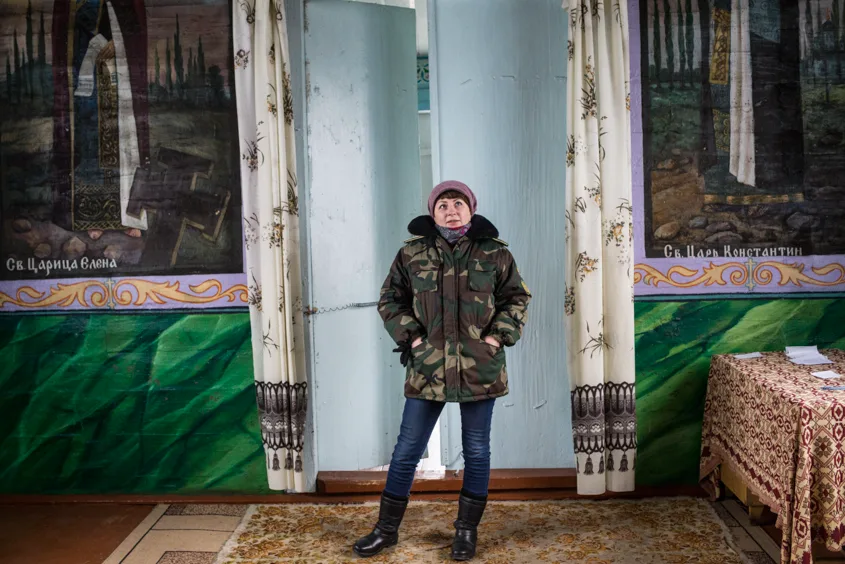
The village is connected to the power supply, and residents buy gas cylinders for cooking. And while there’s no municipal sewerage system and most houses do not have indoor toilets, the main drawback in the eyes of many people is that there are no cash machines in the village or larger shops. For that, they have to travel 30km to the town of Narodychi.
Mayor Budko hopes that the Ukrainian government will downgrade the village’s status from its current “gravely polluted”, a move which has been in discussion for several years. The change would mean residents are no longer breaking the law by being there and should also bring government funding for resources and infrastructure. He dreams that people are eventually permitted to own their homes. But even if none of this takes place, he doesn’t see the migration to Bazar slowing down soon, although, of course, the supply of abandoned houses is not infinite.
“Initially, people were choosing houses with three windows away from the road,” says Budko. “Later on, they opted for the houses with two windows. Now houses with just a good roof and walls will do.”
Budko is thrilled with the success of his initiative, which has helped increase Bazar’s population to nearly 570, including around 90 youngsters who attend the local school and kindergarten. This influx of the next generation, the mayor feels, is crucial if it’s to return to the buzzing, thriving hub it once was. He gives a big smile. “A village is alive as long as there are children in it.”
Originally published in marie claire magazine, May 2016 issue
